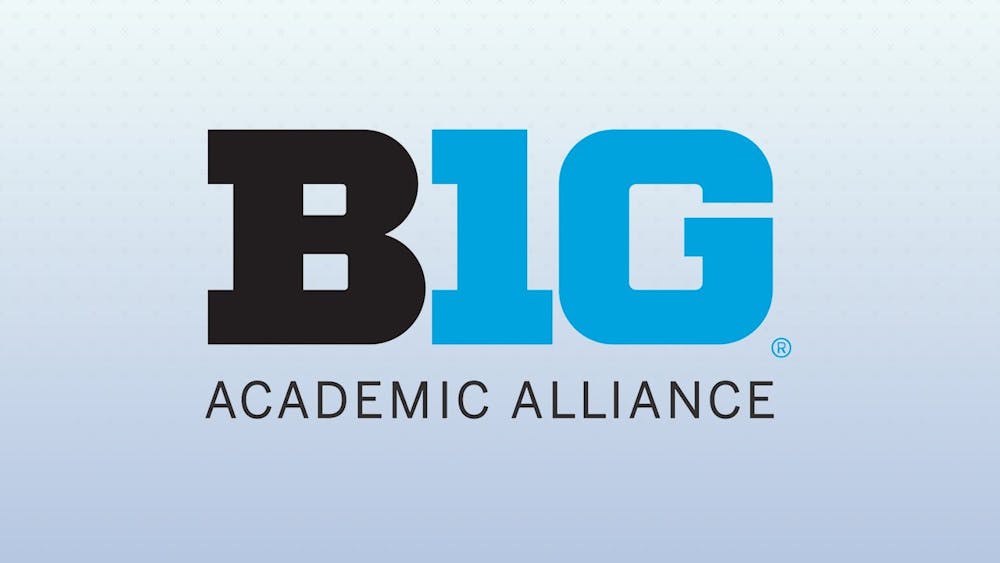This year, several IU faculty members were appointed department chairs or members of Big Ten Academic Alliance leadership programs. The BTAA, founded in 1958, is an academic partnership among the Big 10 universities providing accessible academic resources and opportunities for students and faculty.
According to an IU Today article, various IU faculty members were chosen to participate in two leadership programs within the BTAA. The programs include the Academic Leadership Program (ALP) and the Department of Executive Officers Program.
“The purpose is really to create this interconnected infrastructure to support all of the Big 10 universities,” Carrie Docherty, IU vice provost for faculty and academic affairs, said.
The ALP focuses on issues in higher education, internal and external relationships, managing money and more. One of the six IU faculty members chosen for this program is David Crandall, director of the Luddy Center of Artificial Intelligence.
Crandall said new faculty doesn’t get much training for leadership, but as one advances in their career, it becomes an expectation.
“It’s really great that IU and the Big 10 have a program like this because it shows that they’re investing in their people and the next generation of leadership of the university,” Crandall said.
The ALP offers a sub-program called the Bloomington Leadership Fellows Program (BLF) for Arts and Humanities, a collaboration between BTAA and the Mellon Foundation. The Mellon Foundation is an organization that creates grants to support community-oriented efforts in arts and humanities.
The BTAA received a grant from the Mellon Foundation to identify how to focus on the arts and humanities and to identify a fellow who would also participate in the ALP. This year Linda Pisano, chair of the Department of Theatre, Drama and Contemporary Dance, was named the participant of the BLF program.
“It’s so perfect for our campus because we have a really strong history and we have so many amazing programs in the arts and humanities,” Docherty said.
She said BTAA wanted to appeal more to the students. The BTAA is working on their library collection so students can have access to materials across the Big 10.
Those interested in learning more about the student programs can click here.
“It really allows us to leverage the size and the needs that we need to partner together, so all of the universities have equal access to all of those resources,” Docherty said.
The other plan for students centers around research and technology. The BTAA collaborates on big research projects. Docherty said the projects are designed to be inclusive.
“All of this is grounded in diversity, equity and inclusion,” Docherty said. “The whole idea is collectively when we work together, we provide better access and inclusion to these resources. No matter which of our universities you’re a part of.”
Lastly, the Department of Executive Officers Program (DEO) brings together department chairs from across the Big 10 to make connections, discuss leadership and develop leadership skills. The majority of selections occur through nominations from deans for ALP and DEO. Although, it can occur through self-nominations.
The DEO is a two-month hybrid program beginning in September and ending in November, with one more virtual session Oct. 25 and one in-person workshop in Chicago on Nov. 2-4.
Five department chairs from IU were appointed to this program – each from different departments providing different disciplinary perspectives. According to Tessa Bent, a provost professor of Speech, Language and Hearing Sciences at the College of Arts + Sciences, she was selected in June as one of the department chairs.
In a series of group sessions, called “critical friends” sessions, each chair presents a challenge or problem they’re facing in their role.
“I think the networking part of it also is going to be really crucial in terms of just not feeling like you're alone or in a vacuum, doing this work,” Bent said.
The chairs are also working on identifying their core values, individual leadership action plans and a department leadership action plan. Since several chairs also teach and research, she said they can benefit from allocated time for such plans.
Bent said she’s excited to be a department chair because she is still able to work as a professor.
“I have chair title added on, you know, I'm still a faculty member,” Bent said. “You get to do all these different things — you're never going to stagnate; there's just a there's a lot of room for growth.”






